《Shakeup Science》 是培生教育集团(Pearson)推出的 中学阶段(11-16岁) 科学课程系列,专为现代科学课堂设计,融合 探究式学习(Inquiry-Based Learning) 与 数字化工具,旨在激发学生对科学学科的兴趣,培养批判性思维和实践能力。该教材以 英国国家课程标准(UK National Curriculum) 和 国际科学教育框架 为基础,覆盖物理、化学、生物和地球科学四大领域,适用于普通中学和国际化学校。
教材结构与级别划分
1. 分册与适用年级
-
分阶段设计:
-
Stage 7-9(对应11-14岁):基础科学概念与实验技能入门。
-
Stage 10-11(对应14-16岁):深入学科知识,衔接IGCSE或GCSE考试。
-
-
学科整合:每册内容打破传统学科界限,围绕跨学科主题(如“能源”“生态系统”)展开。
2. 单元设计
每阶段包含 6-8个主题单元,每个单元以 真实问题驱动,例如:
-
“气候变化与可持续发展”:结合化学(碳循环)、地理(气候模型)和社会科学(政策分析)。
-
“人体健康与疾病防御”:整合生物(免疫系统)、物理(医疗技术)和伦理讨论。
单元核心板块:
-
Launch Question:提出开放式问题(如“如何为火星殖民地提供能源?”),引发探究兴趣。
-
Hands-On Labs:分步实验指导(如制作简易燃料电池),强调科学方法(假设-实验-分析)。
-
Data Analysis:通过图表、数据集训练科学推理能力。
-
Debate & Ethics:讨论科技应用的伦理问题(如基因编辑的边界)。
-
Digital Simulations:虚拟实验平台(如模拟火山喷发)补充实体操作。
《Shakeup Science》(科学课程)
-
科学教材的语言难度:
-
Stage 7-9(11-14岁):英语语言难度约 B1-B2(适应学科术语和实验报告写作)。
-
Stage 10-11(14-16岁):语言难度约 B2-C1(需理解复杂科学文献和学术论证)。
-
-
说明:科学教材的语言难度通常高于通用英语教材,因其涉及专业术语和逻辑分析。
核心教学特色
-
跨学科整合(STEM+)
-
将科学(Science)与技术、工程、数学(STEM)结合,并融入人文视角(如历史中的科学发现)。
-
案例:学习“桥梁工程”时,分析材料物理性质(科学)、结构设计(工程)和成本计算(数学)。
-
-
差异化教学支持
-
分层任务:同一实验设计不同难度任务(如基础版“观察反应” vs 进阶版“变量控制”)。
-
多语言词汇表:为非英语母语学生提供科学术语的双语解释。
-
-
数字化与混合式学习
-
ActiveLearn平台:
-
互动3D模型和动画(如分子结构、细胞分裂)。
-
自动批改的 formative quizzes(形成性测验)。
-
学生实验日志的云端提交与教师反馈。
-
-
AR增强现实:通过扫描课本图片,查看动态科学过程(如岩石循环)。
-
-
职业链接(Career Links)
-
每单元介绍相关科学职业(如环境科学家、药剂师),展示学科的实际应用。
-
配套资源
-
学生用书(Student Book)
-
全彩印刷,含实验步骤图、关键概念总结和职业案例。
-
-
实验手册(Lab Workbook)
-
详细记录表格、安全指南和扩展挑战题。
-
-
教师资源包(Teacher’s Kit)
-
教案、风险评估模板、差异化活动建议。
-
-
数字资源
-
ActiveLearn平台访问码、AR应用下载链接、PPT课件。
-
适用场景
-
常规科学课堂:替代传统分科教学,提供整合式课程。
-
项目式学习(PBL):单元主题可作为学期项目(如设计环保校园方案)。
-
考试衔接:Stage 10-11内容直接对标 GCSE/IGCSE 考试大纲。
优势与评价
-
真实问题驱动:通过现实议题(如塑料污染)增强学习相关性。
-
技能导向:弱化死记硬背,强调实验设计、数据分析和论证能力。
-
技术融合:虚拟实验降低实体资源依赖,适合设备有限的学校。
局限性
-
教师培训需求高:探究式教学和数字工具使用需额外培训支持。
-
深度与广度的平衡:部分主题覆盖较浅,需补充专项练习应对考试。
与其他科学教材对比
| 教材 | 特色 | 适合场景 |
|---|---|---|
| Pearson Shakeup Science | 跨学科整合、数字化工具、伦理讨论 | 创新课堂、混合式教学 |
| Cambridge Lower Secondary | 分科明确、考试衔接紧密 | 传统教学、IGCSE备考 |
| Oxford International Science | 多语言支持、文化包容性强 | 国际化学校、ESL学生 |
Shakeup Science is an innovative secondary-level (ages 11–16) science course published by Pearson, designed to modernize science education through inquiry-based learning and digital integration. Aligned with the UK National Curriculum and international science frameworks, it covers physics, chemistry, biology, and Earth sciences, fostering critical thinking, experimentation, and real-world problem-solving. The series bridges traditional subject boundaries and prepares students for exams like GCSE/IGCSE.
Structure and Progression
1. Stage-Based Design
-
Stages 7–9 (Ages 11–14): Introduces foundational concepts and lab skills.
-
Stages 10–11 (Ages 14–16): Deepens subject knowledge for GCSE/IGCSE readiness.
-
Interdisciplinary Themes: Units blend science disciplines (e.g., “Energy,” “Ecosystems”) with technology, ethics, and societal issues.
2. Unit Design
Each stage includes 6–8 thematic units driven by real-world challenges, such as:
-
Climate Change & Sustainability: Combines chemistry (carbon cycle), geography (climate models), and policy analysis.
-
Human Health & Disease Defense: Integrates biology (immune system), physics (medical tech), and ethical debates.
Key Unit Components:
-
Launch Question: Open-ended prompts (e.g., “How to power a Mars colony?”) spark curiosity.
-
Hands-On Labs: Step-by-step experiments (e.g., building a simple fuel cell) emphasizing hypothesis testing and analysis.
-
Data Analysis: Teaches interpretation of graphs, charts, and datasets.
-
Debate & Ethics: Discusses dilemmas like gene editing or AI in medicine.
-
Digital Simulations: Virtual labs (e.g., volcanic eruption models) complement physical experiments.
Core Features
-
STEM+ Integration
-
Merges science with technology, engineering, math, and humanities (e.g., historical context of discoveries).
-
Example: Studying “Bridge Engineering” involves material science (physics), design (engineering), and cost analysis (math).
-
-
Differentiated Instruction
-
Tiered Tasks: Labs and questions cater to varying skill levels (e.g., basic observation vs. variable control).
-
Multilingual Glossaries: Supports EAL (English as an Additional Language) learners with key terms.
-
-
Digital & Blended Learning Tools
-
ActiveLearn Platform:
-
Interactive 3D models (e.g., molecular structures, cell division).
-
Auto-graded formative quizzes and experiment log submissions.
-
-
AR (Augmented Reality): Scans textbook images to visualize processes like rock cycles.
-
-
Career Connections
-
Highlights STEM careers (e.g., environmental scientist, pharmacologist) to show real-world relevance.
-
Supplementary Resources
-
Student Book: Full-color diagrams, concept summaries, and career case studies.
-
Lab Workbook: Detailed experiment templates, safety guidelines, and extension tasks.
-
Teacher’s Kit: Lesson plans, risk assessments, and differentiation strategies.
-
Digital Tools: ActiveLearn access codes, AR apps, and editable PowerPoint slides.
Target Audiences
-
Secondary Schools: Replaces siloed subjects with integrated science courses.
-
Project-Based Learning (PBL): Units serve as semester-long projects (e.g., designing eco-friendly schools).
-
Exam Preparation: Stages 10–11 align with GCSE/IGCSE syllabi.
Strengths
-
Real-World Relevance: Tackles urgent issues like plastic pollution and renewable energy.
-
Skills Over Rote Learning: Prioritizes experimentation, data analysis, and argumentation.
-
Tech Accessibility: Virtual labs reduce reliance on physical equipment.
Limitations
-
Teacher Training: Requires familiarity with inquiry-based methods and digital tools.
-
Depth vs. Breadth: Some topics may need supplementation for exam rigor.
Comparison with Competing Series
| Curriculum | Key Features | Best For |
|---|---|---|
| Pearson Shakeup Science | Interdisciplinary, digital tools, ethics | Innovative/blended classrooms |
| Cambridge Lower Secondary | Subject-specific, exam-aligned | Traditional exam prep |
| Oxford International Science | Multilingual support, cultural inclusivity | International/EAL students |






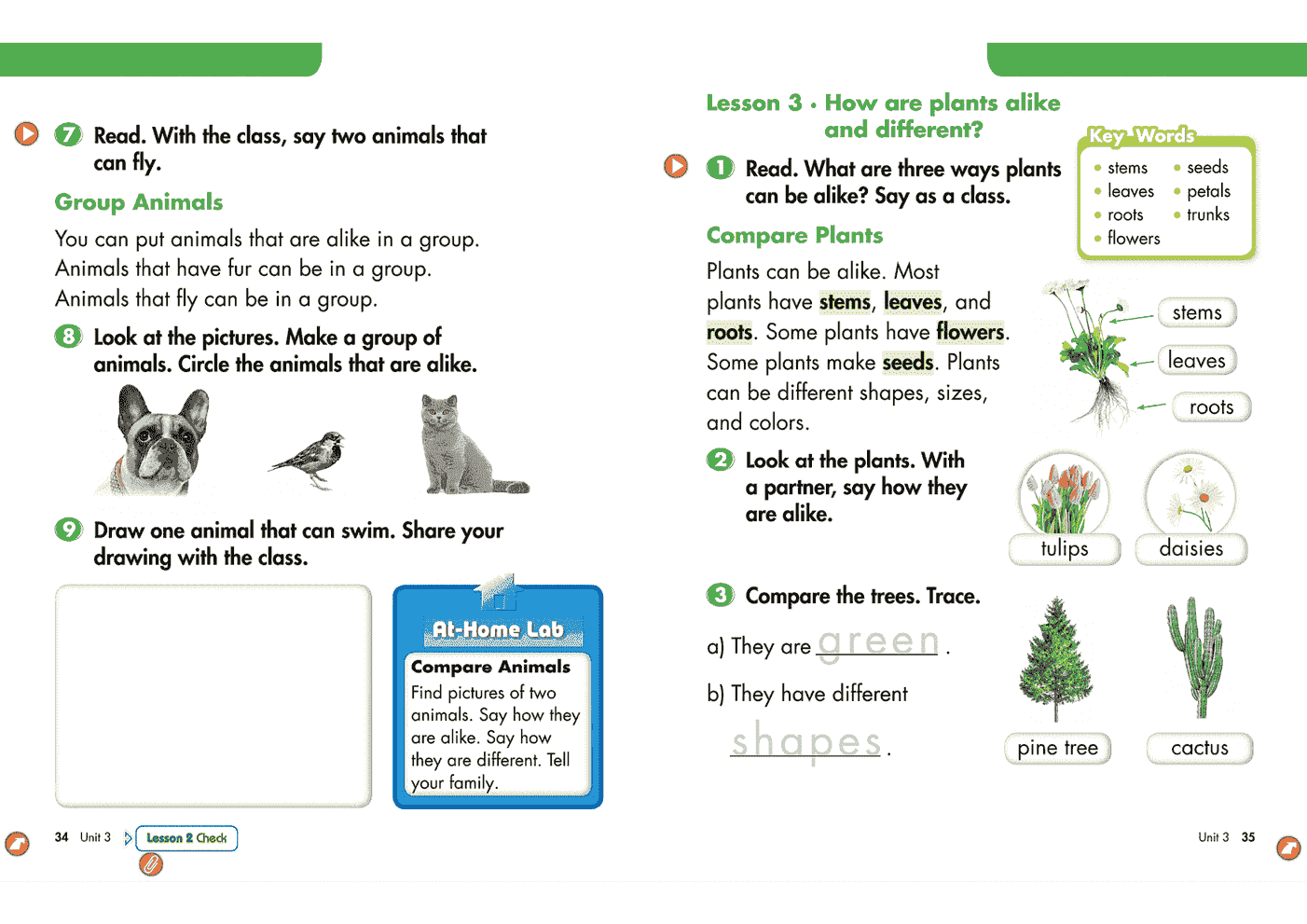


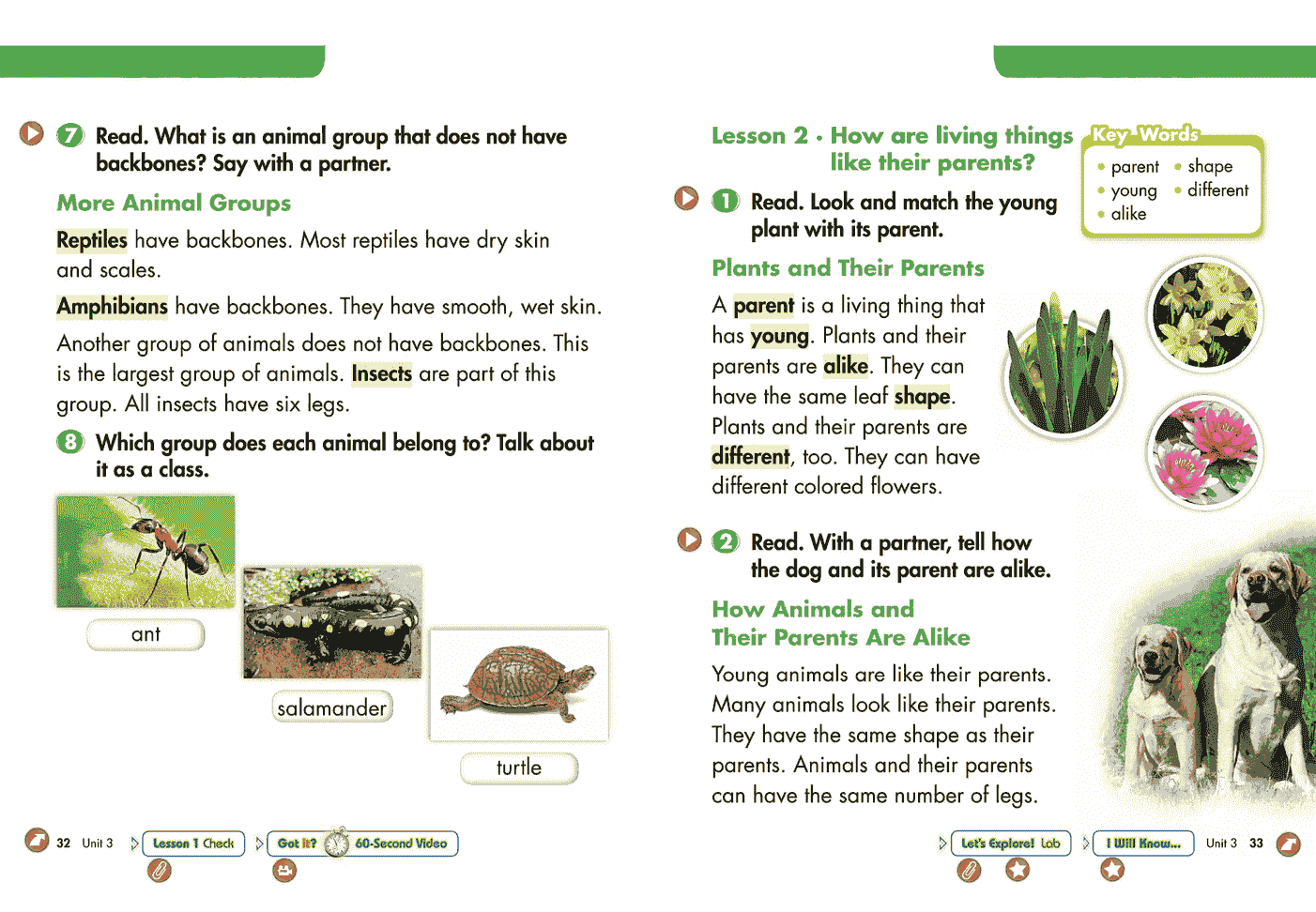

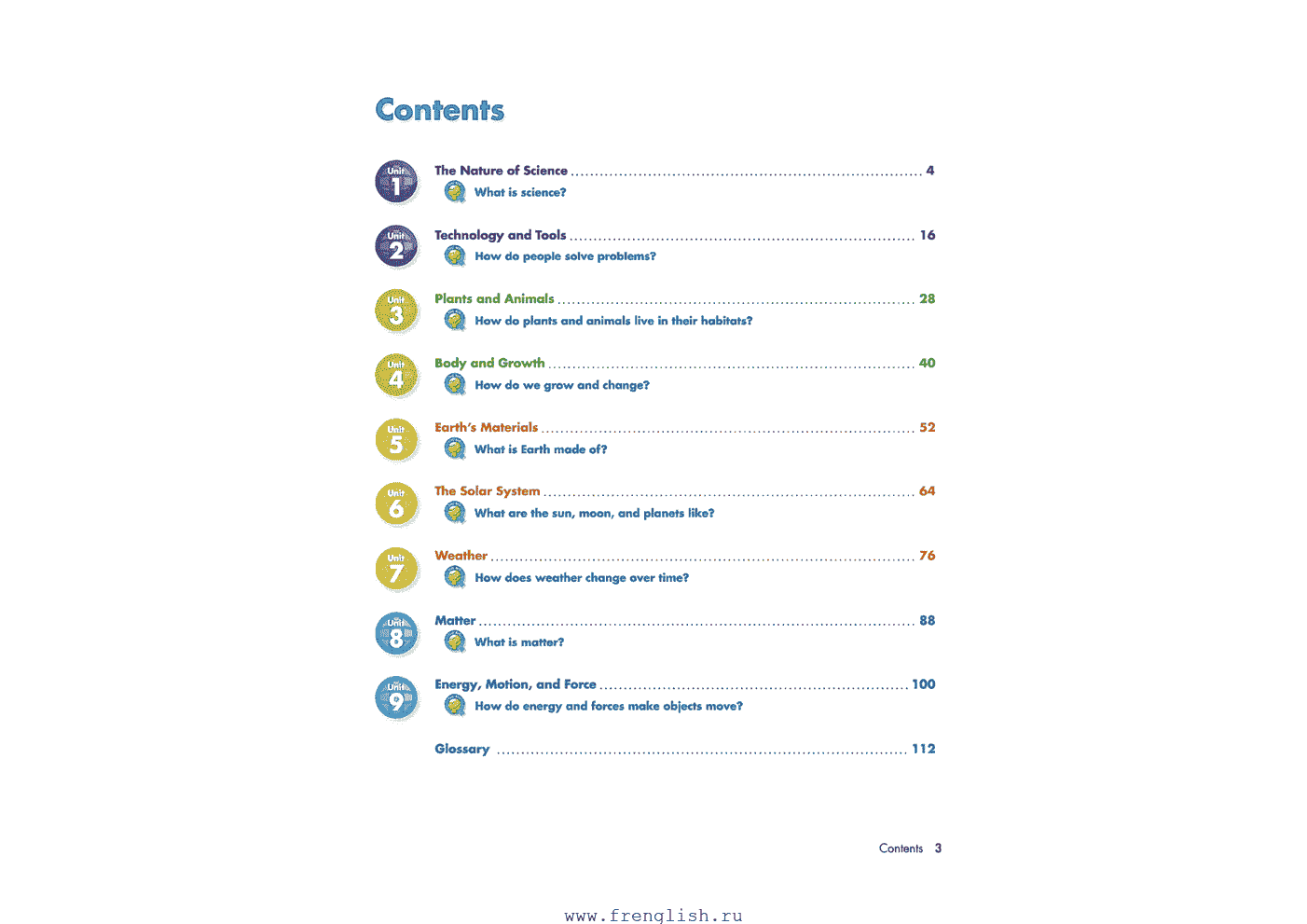
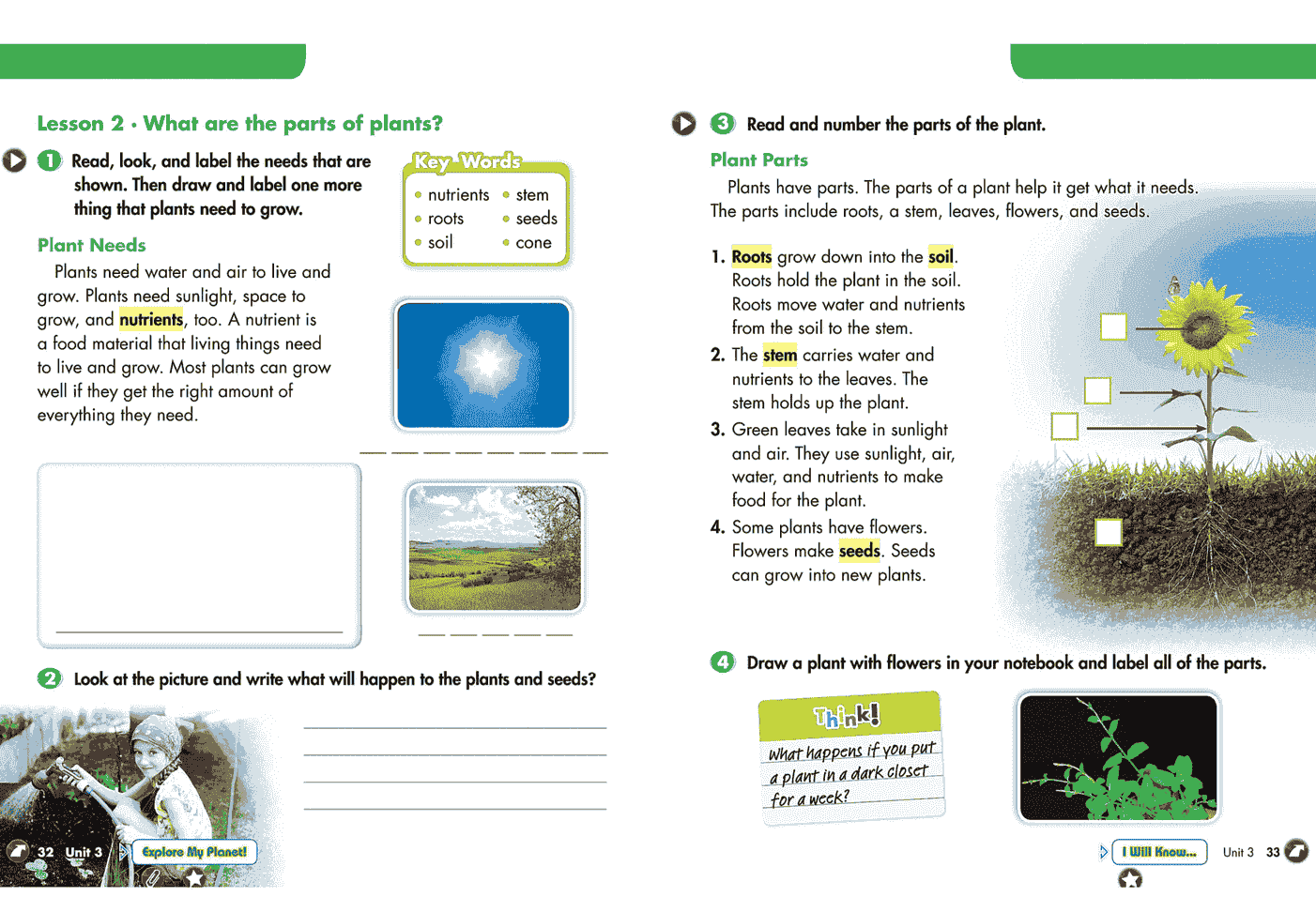
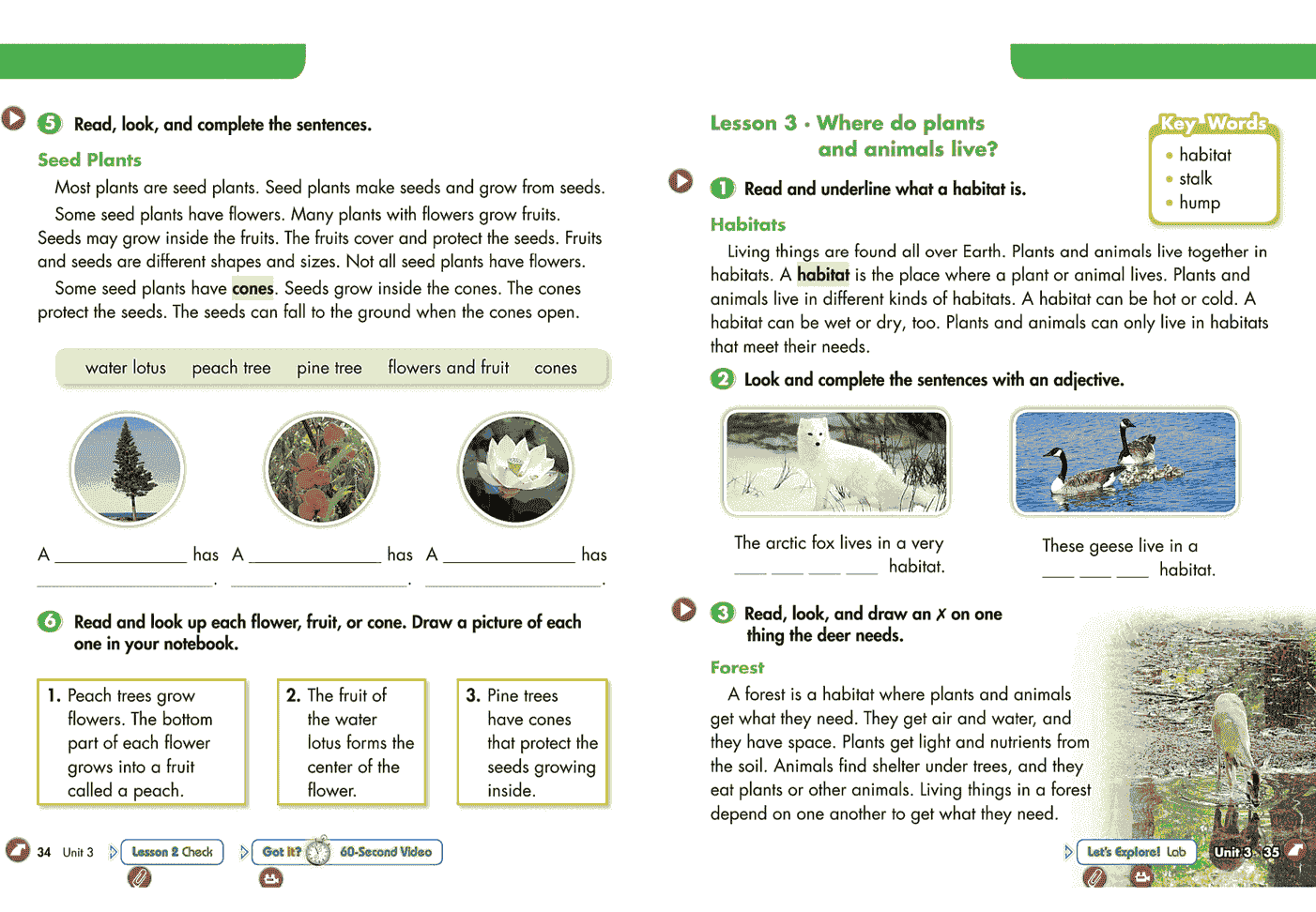
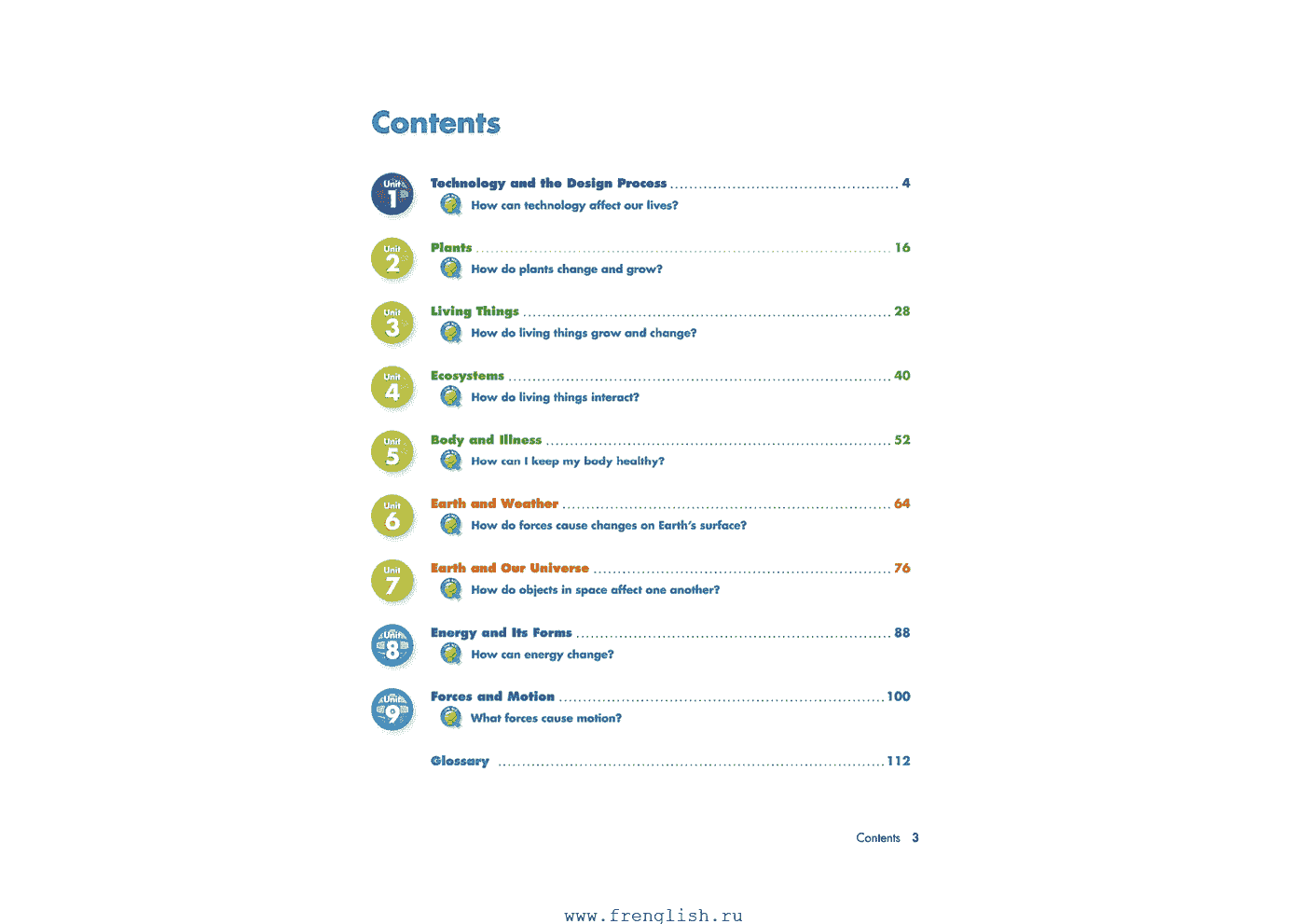


评论(0)